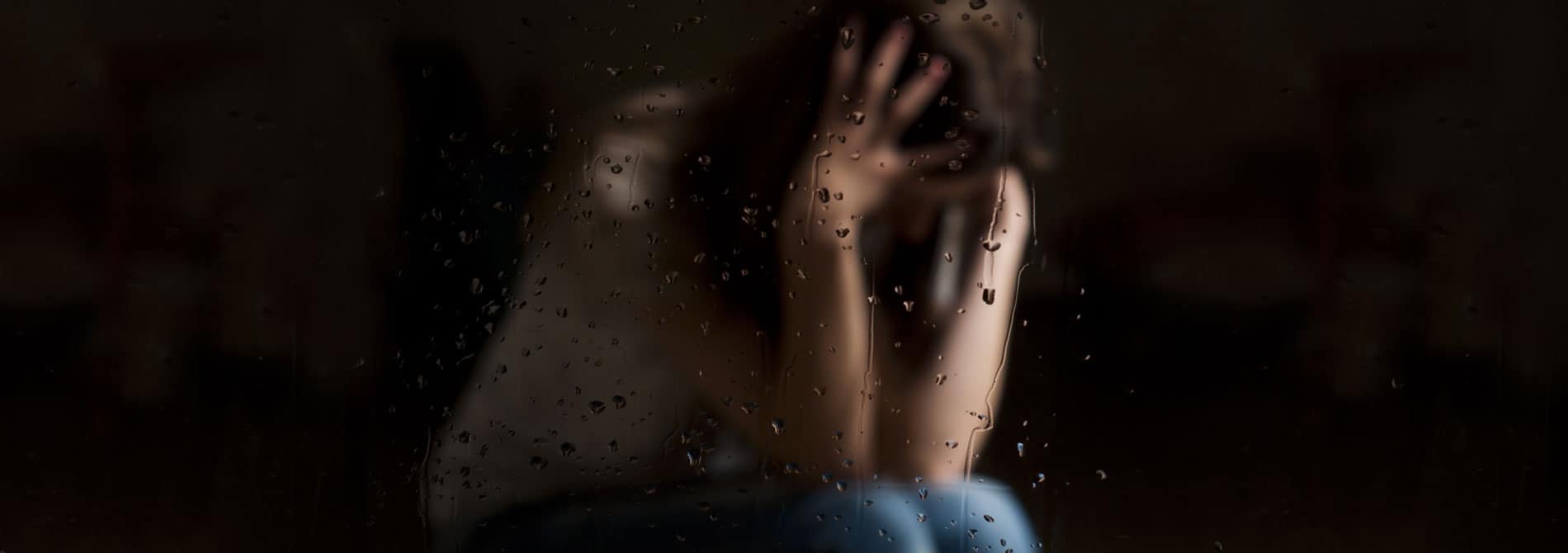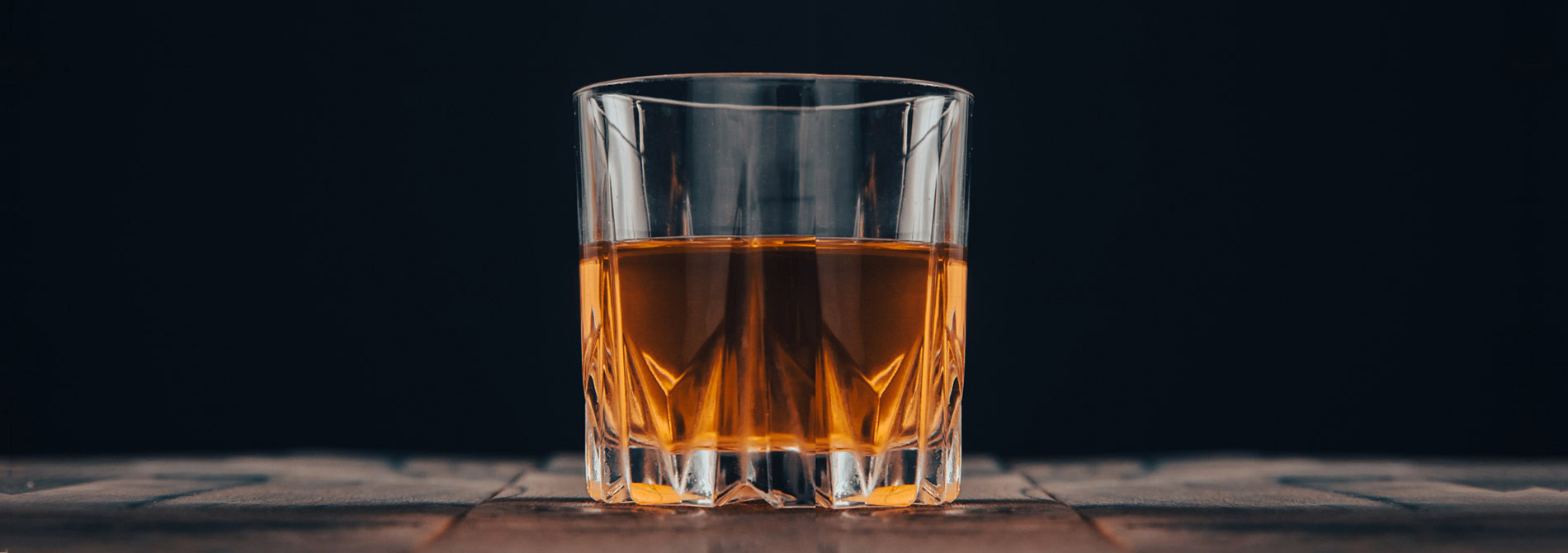Dr. John Dyben, DHSc, MCAP, CMHP | Chief Clinical Officer
Toward Building a Healthier Environment for those with Substance Use Issues
My daughter was around five years old when she asked me what “epidemiology” was. In true Dyben family form, I wrote a song to explain at least part of it. The song is called “The Epidemiological Triad Theme Song.” Today everyone in my family can sing it. If you meet me and ask, I’ll be happy to sing it for you, too.
The gist of the song is that when a host (such as a person, horse, or bird) is infected by an agent (such as a virus), the environment has a dramatic impact on how bad the host’s condition gets and how much the agent spreads to others. This principle is true of nearly all public health conditions and diseases such as AIDS, COVID-19, and addiction.
If you or a loved one need help, call our admissions team today at 561-841-1033.The difficulty with grasping how our environment keeps addiction roaring through our country and annihilating individuals and families is that we have been looking at the wrong environmental factors.
We saw drugs come into our environment from other countries, so we spent billions of dollars and countless lives trying to keep it out. The problem is worse than ever. We saw people using drugs in our environment, causing the demand, so we turned them into criminals and locked them up. The problem is worse than ever. We threw our hands up in exasperation and said there is nothing to be done so we will simply ignore it all. The problem is worse than ever.
The only way we will truly create an environment that will serve to curb the devastation of addiction, overdose, and death is when we face what really keeps addiction alive and killing people: Us.
The collective “we.” Ourselves.
You and me and all of the rest of us.
We are a big part of the problem.
One might easily respond to such a statement with “What? How dare you! I’m not the one putting drugs in my body, so I cannot be part of the problem!” I understand that sentiment. When I say that “we” are a big part of the problem, it might sound like I am trying to assign blame. I am not.
However, what we can and must recognize is that we are all a part of the environment that addiction flourishes in, and what we have done up to now has not been working. In truth, much of what we do makes it worse. And before we give in to the temptation to shrug this “we factor” off to bad public policy and other realities that we can distance ourselves from, we have to face the reality that one thing that we all have personal responsibility for is stigma.
What is Stigma?
The Destructiveness of an Attitude
Nieweglowski, et al. (2017) describe stigma as negative stereotypes, prejudices, and discrimination toward a particular group. Essentially, when we harbor negative thoughts and feelings about people with addiction, it will inevitably result in negative behaviors toward them both in what we say and how we treat them.
The reason this is so devastating is that it creates a barrier to people seeking treatment. They are, in turn, left without a solution, which results in addiction progressing uninhibited with devastating consequences (Rundle, Cunningham & Hendershot, 2021).
This doesn’t only impact those people who are afflicted with the disease. Stigma also brands the proverbial “Scarlet A” on family members and loved ones who suffer right along with the person with an addiction. These family members and/or loved ones are clothed with a sense of shame resulting in isolation and reluctance to ask for help.
The Story of Addiction in the US
Addiction is not the first disease to be made worse because of stigma. In the 80s and 90s when HIV/AIDS was rising worldwide, those afflicted faced harsh stereotypes, prejudices, and discrimination. Though these still exist, they exist far less in the United States today, and this de-stigmatization helped to pave the way for better treatment, better research, and more people being willing to get help.
The result: a total turning of the tide. AIDS cases began to curve away from a constant increase to a gradual decrease that is predicted to continue dwindling (Fauci, et al., 2019).
However, even with all of the progress made so far, there is clear evidence that even today, the degree to which a person with HIV/AIDS experiences stigma still impacts their overall health outcomes (Armoon, et al., 2021).
Today, we constantly hear about tens of thousands of addiction-related deaths every year to the point where it has become commonplace. I remember a time when the HIV/AIDS crisis felt just as hopeless. Because of advocacy, the environment that influences that disease has changed and though much work still needs to be done, a tide has turned.
It is absolutely possible to see a real change come in the trajectory of the addiction crisis, as well, if we are willing to take a hard look at ourselves and make the changes that we as a society can and must make.
How We Go About Dismantling Stigmas
The most basic work that we each have to do is to understand what stigma is, recognize how we each contribute to it, and challenge ourselves and our communities to do better. In order to do this, we have to look at all three areas of stigma in our own realms and challenge where we may hold negative stereotypes and prejudices and how these may relate to our own contribution to discrimination.
The simplest way to begin this process is to ask myself, “What do I believe,” “How do I feel,” and “What do I do” when it comes to people dealing with addiction.
What we believe about addiction and the use of drugs is foundational to all the rest. Often we believe things about addiction that are simply untrue. For one, there is a concept that “drug users” are wildly different from the rest of the population, the idea being that most people don’t choose to use drugs. The reality is that most Americans over the age of 18 (and many under) use some form of drug, with the most common being alcohol (NIH, 2021).
Yes, if I drink alcohol, then I am a drug user. There is no moral judgment attached to this statement; it is simply a fact. And, most people will use some form of drug without ever developing a problem which can contribute to another false belief that when people do develop an addiction, it is somehow a moral failing or weakness.
The reality about addiction is that in the same way some people are genetically predisposed to be at higher risk for diabetes or, say, an allergy to blueberries, some people are genetically predisposed to develop an addiction when they use drugs. Just like most people do not have a blueberry allergy, so also most people do not have a predisposition to addiction. Those with this predisposition are far more likely to develop problems if they, like most Americans, use some form of drug.
What they develop is not a moral weakness. It is a disease that changes the brain in such a way that it becomes fixated on the drug above all else. The brain goes into a kind of survival state similar to a person who is starving to death. This drug-focused obsession is not the person’s natural state. It is a literal disease.
Fortunately, though a prevailing belief exists that treatment does not work and there is little hope for the person with addiction (Rey, et al., 2019), the reality is that treatment can be extremely effective, and people can and do recover.
Empathy: The Key to Change
When we let go of false beliefs and stereotypes that blame the person with addiction and view them as so much different from us, we can begin to experience compassion and recognize them as people trying to overcome an illness rather than bad people. We can see those struggling with addiction as “us” rather than “them.”
This is not always easy though. The behaviors of a person with addiction can be extremely hurtful to those around him or her. Imagine that man who finds himself starving to death. What would his behaviors be like? He would not be interested in relationships or school or his future or opera or social causes (you get the picture). He would be solely focused on getting food and would do just about anything to get it.
If we only focused on the behaviors, we might feel anger, disgust, outrage, fear. These negative feelings focused on a group result in prejudice. It is judging a person because of beliefs and feelings one has about their group, and it is nearly always based on both wrong information and negative feelings that come from what we have been taught or what we have experienced.
I once was in court where a man was being tried for manslaughter. He was driving while intoxicated and ran into a car and killed the man driving the other vehicle.
At the trial, the 15-year-old son of the man who had been killed spoke. He described his hatred for the man who was on trial. One can imagine he will long hold a visceral, negative feeling for anyone labeled with alcoholism or other drug addiction. And, I cannot imagine anyone would not understand that feeling. Many of us who have negative feelings about people with addiction have them because of the pain we have experienced.
This fact complicates the process of change because in order to combat stigma, we must honestly examine our feelings and how they contribute to prejudice. When I think of the person with addiction, do I think of a bad person who needs to turn good or a person with an illness who needs help to get well?
If we honestly examine our feelings, we may find that we harbor negative feelings for any number of reasons. The solution is neither to defend or deny these feelings but rather to acknowledge them honestly and work to address our own hurts and fears that we might have experienced. Just as we seek to move toward compassion for those suffering with addiction, we can also have compassion for ourselves when we realize that we have experienced pain, and we can seek healing rather than judging ourselves.
Changing Perspectives & Fighting Discrimination
Addressing our negative stereotypes and prejudices is an inside job that is often accomplished most effectively with help from others who have walked through it themselves.
It requires challenging beliefs, healing wounds, facing fears, and learning new ways to understand people with addiction. When we do this, we can more effectively address discrimination in its many forms and change the environment in a big way.
This brings us to that third leg of the stigma and addiction stool: discrimination. Discrimination against people with addiction comes in many forms, from “micro” discriminations such as demeaning or belittling language to “macro” discriminations such as violating rights to equal opportunities or access to resources (Vilsaint, Hoffman & Kelly, 2020).
Discrimination, in every form, thrives most readily when it is unchallenged. We do not have to do anything to contribute to growing discrimination. In fact, inaction around discrimination, doing nothing, is the most powerful way to ensure it continues and becomes endemic to our societal environment.
Action to decrease discrimination generally starts with people in the discriminated group standing up for themselves. Historically though, this is never enough to make lasting change; it has always required individuals from outside of that group to ally themselves and standing against discrimination as well. This often requires a “pivot point” where the pain of the out-group begins to touch the world of the in-group.
With HIV/AIDS, this happened when famous athletes, actors, and others contracted HIV, and it stopped being something the in-group could keep far away in their minds. With addiction, a pivot point may sadly be happening now and over the past decade where more and more overdoses and deaths are in middle and upper-class families that would never have seen themselves as a potential target for addiction.
No matter the reason for our advocacy, we must recognize that there is no neutral ground on the issue of discrimination. We either contribute to it by embracing it or being silent about it, or we work to decrease it through advocacy. If we choose advocacy, what that will look like will be different for everyone. For some, it will be lobbying governments for greater access to care. For others, it will be writing articles and working to educate the public, and still, for others, it may simply be choosing to listen to a person’s story with acceptance and choosing to treat them with dignity.
Watching Our Words
One thing that we can all do to fight all elements of stigma right now is to be intentional with our language. Much of the language we use helps to foster an environment where stigma can flourish. Choosing to use terms like “person with addiction” or “person with a substance use disorder” over terms such as “addict,” “drunk,” “junkie,” and the like has a powerful impact of reminding that the person is a human with a problem rather than a problem person.
Even simply using terms like “not using” or “using” rather than “clean” or “dirty” projects an accurate picture of what is happening without heaping stigmatizing labels that make the burden worse for those with addiction.
Many more examples of better, non-stigmatizing, language can easily be found in books and advocacy websites.
However, the best way to develop language that helps is to listen to those who feel the weight of our language and be open to change. This kind of intentionality with our language is not about being “politically correct.” It is about recognizing that our words have weight, and they contribute, more than almost anything else, to the formation of our environment. As the most powerful thing we humans have, we all have a responsibility to take care with our words.
Uniting to Create a Better Environment
So this is the call to me, to you, to all of the great big “Us”. Let us look at our thoughts, feelings, and actions around those afflicted with addiction and decide to change ourselves in order to change our environment.
Taking responsibility for the part we play in our collective environment is not about taking the blame for any person or issue. It is about recognizing that we are all part of a whole, and we can truly choose to make our whole just a little bit better. When we choose to do that together, things that seem impossible become possible, and we can truly change the world.
Watch Dr. John Dyben’s presentation on Stigma Reduction part of Hanley Foundation’s Summer Recovery Training Series.
Armoon, B., Higgs, P., Fleury, M. J., Bayat, A. H., Moghaddam, L. F., Bayani, A., & Fakhri, Y. (2021). Socio-demographic, clinical and service use determinants associated with HIV related stigma among people living with HIV/AIDS: a systematic review and meta-analysis. BMC Health Services Research, 21(1), 1-20.
Fauci, A. S., Redfield, R. R., Sigounas, G., Weahkee, M. D., & Giroir, B. P. (2019). Ending the HIV epidemic: a plan for the United States. Jama, 321(9), 844-845.
Nieweglowski, K., Corrigan, P. W., Tyas, T., Tooley, A., Dubke, R., Lara, J., … & Addiction Stigma Research Team. (2018). Exploring the public stigma of substance use disorder through community-based participatory research. Addiction Research & Theory, 26(4), 323-329.
Rey, C. N., Kurti, A. N., Badger, G. J., Cohen, A. H., & Heil, S. H. (2019). Stigma, discrimination, treatment effectiveness, and policy support: Comparing behavior analysts’ views on drug addiction and mental illness. Behavior analysis in practice, 12(4), 758-766.
Rundle, S. M., Cunningham, J. A., & Hendershot, C. S. (2021). Implications of addiction diagnosis and addiction beliefs for public stigma: A cross‐national experimental study. Drug & Alcohol Review, 40(5), 842–846.
SAMHSA, Center for Behavioral Health Statistics and Quality. 2019 National Survey on Drug Use and Health. Table 2.17B – Alcohol Use in Lifetime among Persons Aged 12 or Older, by Age Group and Demographic Characteristics: Percentages, 2018 and 2019.
NIH, National Institute on Alcohol Abuse and Alcoholism, Alcohol facts and statistics (2021). https://www.niaaa.nih.gov/publications/brochures-and-fact-sheets/alcohol-facts-and-statistics
Vilsaint, C. L., Hoffman, L. A., & Kelly, J. F. (2020). Perceived discrimination in addiction recovery: assessing the prevalence, nature, and correlates using a novel measure in a US National Sample. Drug and alcohol dependence, 206, 107667.
Hanley Center is a well-known care provider offering a range of treatment programs targeting the recovery from substance use, mental health issues, and beyond. Our primary mission is to provide a clear path to a life of healing and restoration. We offer renowned clinical care for mental illnesses and have the compassion and professional expertise to guide you toward lasting wellness. For information on our programs, call us today: 561-841-1033.




